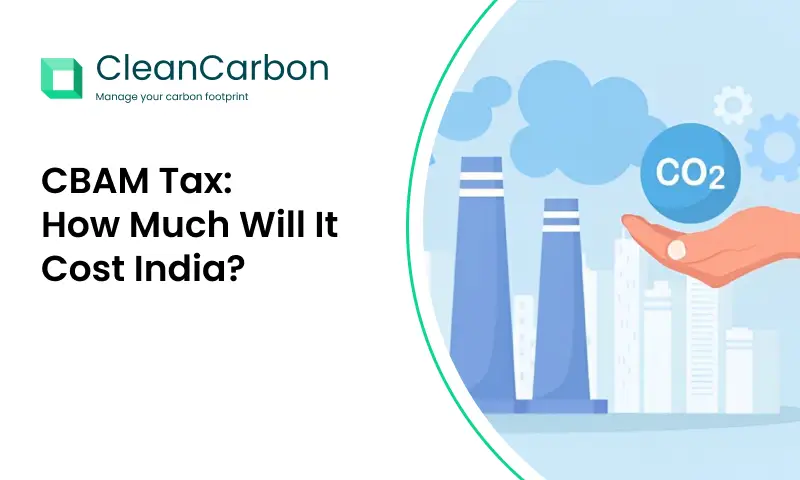In 2024, the world witnessed a significant milestone in the ongoing battle against climate change. Global carbon emissions reached an unprecedented high, driven by a combination of economic recovery, adverse weather conditions, and persistent reliance on fossil fuels. This alarming trend highlights the urgent need for more robust and effective climate policies worldwide. Let’s explore the impact of global carbon emissions in 2024, the reasons for their increase, and future projections for carbon emissions trends.
Impact of Global Carbon Emissions in 2024
Global carbon emissions statistics for 2024 paint a concerning picture. According to the Global Carbon Project, emissions from fossil fuels surged to a record 40.9 billion metric tons, a 1.1% increase from the previous year. This rise is despite significant advancements in renewable energy technology and increased investments in clean energy (Global Carbon Budget). The emissions increase has profound implications for the environment, contributing to extreme weather events, rising sea levels, and loss of biodiversity. The urgency of addressing these emissions cannot be overstated, as their impact extends to every corner of the globe, affecting ecosystems and human health alike.
Reasons for Increased Global Carbon Emissions in 2024
Several factors have contributed to the rise in carbon emissions in 2024. The global economic recovery post-COVID-19 has led to a resurgence in industrial activity, with many economies ramping up production to pre-pandemic levels. This increase in economic activity has, in turn, led to higher energy consumption, much of which is still derived from fossil fuels.
Adverse weather conditions have also been a significant contributing factor. For instance, extreme heatwaves and prolonged droughts have increased the demand for energy for cooling and irrigation, further exacerbating carbon emissions. Additionally, some countries have experienced higher-than-usual energy demands due to colder winters, increasing the reliance on fossil fuels for heating (IEA).
Future Projections for Carbon Emissions Trends
Looking ahead, the future projections for carbon emissions trends indicate a complex scenario. On the one hand, advancements in clean energy and technology hold promise for reducing emissions. Renewable energy investments are at an all-time high, with significant progress in solar, wind, and battery storage technologies. These advancements are crucial for transitioning away from fossil fuels and reducing carbon footprints.
However, achieving substantial reductions in global carbon emissions requires more than just technological advancements. It necessitates a comprehensive approach that includes robust policy frameworks, international cooperation, and significant financial investments. According to the UNEP’s Emissions Gap Report 2023, even with existing policies, the world is on course for a temperature increase of 2.5-2.9°C above pre-industrial levels by the end of the century, significantly surpassing the targets established by the Paris Agreement (UNEP – UN Environment Programme).
Bridging the Emissions Gap
To bridge the emissions gap, countries must accelerate their efforts in climate change mitigation. This includes enhancing carbon pricing mechanisms, expanding emissions trading systems, and implementing stricter regulations on industrial emissions. In 2024, the use of carbon pricing and emissions trading systems has expanded, with 36 systems in place globally, covering 58% of global GDP. These systems have proven effective in reducing emissions and generating revenue for further climate initiatives (World Bank) (ICAP).
Read More Carbon Emission Management: Best Practices for Gas Companies
Advanced economies, in particular, have seen success in reducing emissions through a combination of policies and technological advancements. For example, emissions in many developed countries have decreased to levels seen fifty years ago, thanks to significant investments in renewable energy and energy efficiency measures (IEA). These success stories serve as valuable lessons for other nations aiming to reduce their carbon footprints.
The Role of Clean Energy Growth
Clean energy growth remains a critical component of the global strategy to combat climate change. The rapid expansion of renewable energy sources, such as solar and wind, has significantly limited the rise in emissions. In 2024, clean energy growth trends continue to show promise, with substantial investments in new technologies and infrastructure (Global Carbon Budget).
However, transitioning to a low-carbon economy requires more than just clean energy. It involves rethinking entire economic systems, from transportation to agriculture, to ensure that sustainability is at the core of all activities. Governments, businesses, and individuals all have a role to play in this transformation.
Conclusion
The record-high carbon emissions in 2024 serve as a stark reminder of the urgent need for action in addressing climate change. While there have been significant advancements in clean energy and policy implementation, much more needs to be done to meet global climate goals. By accelerating efforts in carbon pricing, emissions trading, and renewable energy investments, and by fostering international cooperation, we can work towards a sustainable future. Now is the time to act, as the decisions we make today will influence the world for generations to come.






